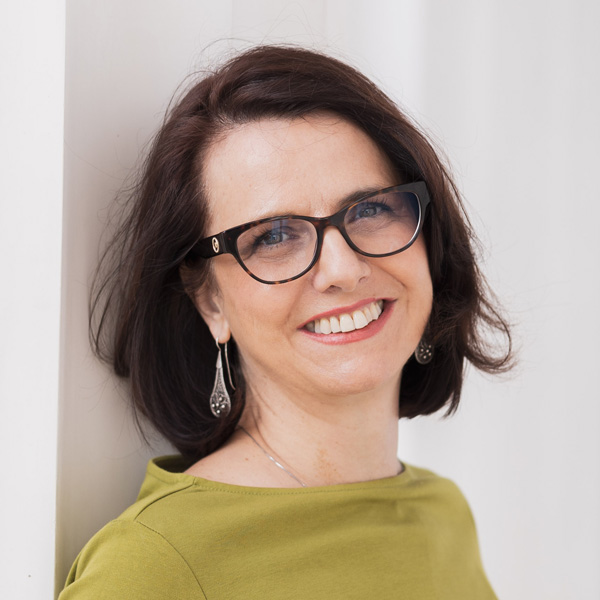When we realize we have the freedom to make decisions that shape our lives, including how we manage our time, it becomes easier to accept responsibility for our choices
BLOG
Decoding ‘I Must’: unveiling the difference between autonomy and external demands

Ida Protuger
RELATED
Does the flat organizational structure offer greater well-being?
We live in a time of intense change, where artificial intelligence and technological advancements are transforming the world overnight. This new reality is referred to as a BANI world, characterized as: Brittle Anxious Nonlinear Incomprehensible The BANI world...
Emotions and Leadership: Don’t suppress – learn how to express
Leaders are often burdened with negative emotions and unmet needs, just like everyone else. By mastering EI, particularly emotional regulation, leaders can promote a thriving, results-driven corporate culture.
I frequently guide my clients to differentiate between “must” and “want.” The “must” arises from a lack of freedom in situations where others control our actions, and where we feel obliged to fulfill other people’s expectations. That leaves us powerless in designing our lives based on our decisions.
However, there’s another kind of “must,” one intertwined with our goals or desires. We sometimes engage in activities not entirely willingly, yet they are crucial for our goals. This form of “I must” aligns with our “I want.”
The two faces of “must”
The version of “I must” that refers to autonomy is intrinsic and represents something meaningful for us. It reflects our freedom of choice and the power of determination, guided by our internalized values.

When my third child was born two months before the due date, among many other challenges, I had to fight to maintain breastfeeding. He was in an incubator in the hospital, and I had to pump instead of being able to breastfeed when I visited him at the hospital.
I had experience with lactation and I knew that without regular breastfeeding, the milk could gone. I watched as other mothers in the pumping room lost their milk because they only gave it two to three times a day. I decided that the goal of maintaining lactation was the only thing I could do for him at that moment.
I set an alarm for every three hours, even at night, just as if the baby were waking up to breastfeed. I started to teach my body to produce milk. It was tough to wake up when no one was waiting for your milk. I continued pumping even when he came home because he didn’t have the strength to suck. So, the doctor told me to continue pumping and feeding him from the bottle, which was exhausting with all the other responsibilities. Especially was exhausting during the night, to pump and then feed him. After four months of this effort, exhausted, we decided to start with regular breastfeeding.
The big picture – my greater interest was fulfilled.
The power of GRIT
Second example – My husband got a job in an international company and we left our country. I left my 15-year journalistic career behind. I worked mostly in editorial positions, even had my debate show, and career in multiple media.
I thought about what to do and decided to enroll in life and business coaching training. In Austria requirements for this education are five semesters and 750 hours of practice and self-reflection. I became a student again. First, I took an intense German language course and then I started my education as a life coach.
Every other weekend, I woke up at 6:00 AM, packed my backpack, and went to the other side of town for my weekend training. And so, for almost three years. It wasn’t easy; my self-confidence dropped and I felt foolish with my far-from-perfect German. I didn’t feel professionally validated. Hence, I had to because it was part of what I wanted – to get certified. My big picture was realized.
There’s a book called “GRIT – Power of passion and perseverance.” The author and her team conducted a 10-year study to determine what is crucial for a candidate to pass the so-called “beast barracks” at West Point, the U.S. Military Academy, where the selection process is identical to that of the most prestigious universities.
The research showed that neither intelligence, physical strength, talent, nor luck were crucial for success. The “secret ingredient” for success, as the author called it, is GRIT – a combination of passion for personal goals (intrinsic motivation) and perseverance (dedication and discipline). Or as the author puts it: “Enthusiasm is common, but endurance is rare”.

A Path to Freedom
On this path, when we do things we must achieve what we want, we have allies, and that, in addition to intrinsic motivation and perseverance, includes courage, belief, and the big picture (clear goal).
We also have enemies, which are fear, doubt, and a lack of a clear goal.
The key is to clarify whether what we call “must” is a part of my choice in how to behave and act. Specifically, whether this “must” means that I am not free to make a choice or is an activity that I wouldn’t do if it weren’t part of a higher goal.
Achieving autonomy involves understanding the distinction between these two “musts.” It’s about accepting our current circumstances and making choices based on what we can control, rather than waiting for the world to align with our desires.
In navigating the complexities of life, recognizing the origin of our “musts” empowers us to make informed decisions. By embracing our intrinsic motivations and persevering through challenges, we can create a path to freedom, leading to a life defined by choices and purpose.
